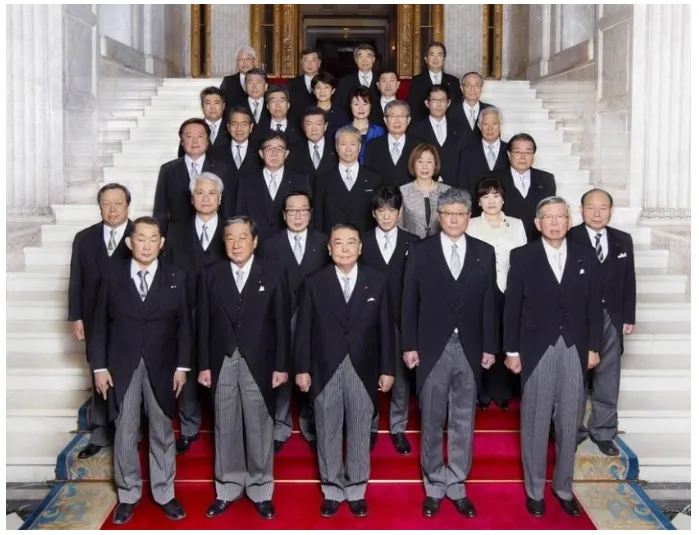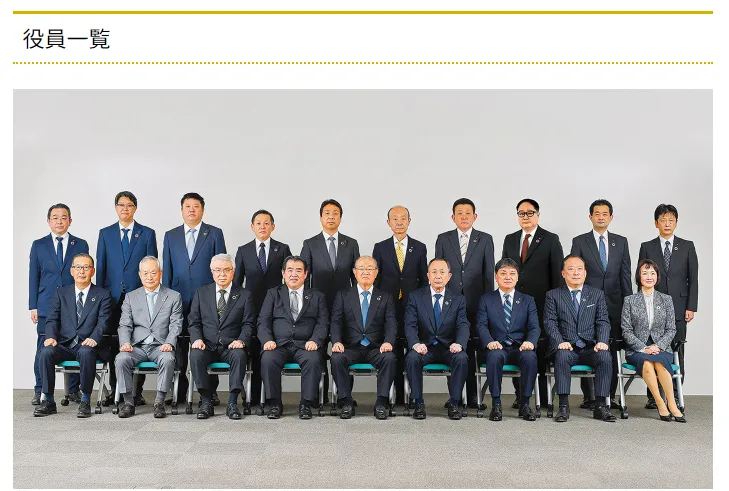November 5, 2023
Gender Inequality in Japan - A Closer Look
Gender Inequality in Japan: Exploring Key Areas of Persistent Disparities
Gender Inequality in Japan: Exploring Persistent Disparities in Key Areas Discover the ongoing gender disparities and inequalities in Japan, a highly developed country. Explore the significant gender gap in the workforce and the limitations and biases faced by women. Learn about the prevalent gender division of labor, which confines women to low-wage, part-time positions with limited prospects for career advancement.
Gender inequality is a prevalent issue that affects societies around the world. In Japan, despite being a highly developed country, gender disparities persist in various aspects of life. Lets delve into some key areas where gender inequality is particularly pronounced in Japan.
1. Workforce Gender Gap
Japan faces a significant gender gap in the workforce. Women often encounter limitations and biases that hinder their career advancement. The concept of separate but equal employment practices, known as gender division of labor, prevails in many companies. This results in women being confined to low-wage, part-time positions with limited prospects for promotion or leadership opportunities.
2. Lack of Women in Leadership Roles
Japanese society struggles with a lack of women in leadership positions. The country ranks low in terms of female representation in political and corporate leadership roles compared to other developed nations. Traditional gender roles and societal expectations contribute to this disparity, making it challenging for women to break through the glass ceiling.
This is 2021 House of Representitive photo. You only need a single hand to count the gap.
This is one of the biggest restaurant chain and listed company's board member. No need to add any comments here.
. Gender Pay Gap
The gender pay gap is another prominent issue in Japan. On average, women earn significantly less than their male counterparts for equal work. Factors contributing to this gap include differences in job types, career breaks due to childcare responsibilities, and discriminatory practices. Although legislation has been implemented to address this issue, progress has been slow.
4. Limited Parental Leave and Childcare Support
Japan experiences a scarcity of parental leave and comprehensive childcare support systems. This situation places a burden on working mothers, who often face pressure to choose between their careers and family life. The lack of affordable childcare options and the expectation that mothers primarily bear childcare responsibilities perpetuate gender inequality within households.
5. Social Expectations and Cultural Norms
Social expectations and deeply rooted cultural norms shape gender inequality in Japan. Traditional gender roles prescribe specific behaviors and obligations for men and women, reinforcing stereotypes and limiting opportunities for individuals who do not conform. These norms can perpetuate discrimination and hinder progress towards gender equality.
Conclusion
Gender inequality remains a complex issue in Japanese society, impacting women in various domains of life. Recognizing, challenging, and transforming the societal structures that perpetuate these disparities is crucial for achieving true gender equality. Promoting diversity, fostering inclusive workplaces, and challenging traditional gender roles are vital steps toward a more equitable future for all.





